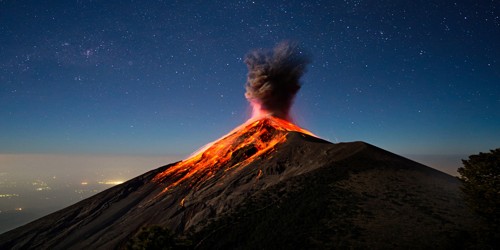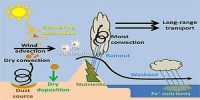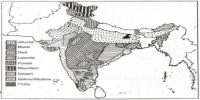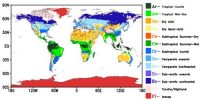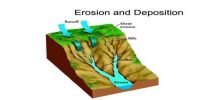Volcanoes are mountain or hill, naturally conical, having a crater or vent through which lava, rock fragments, hot vapor, and gas are being or have been erupted from the earth’s crust.
Volcanoes are classified on the basis of nature of eruption and the form developed at the surface. Major types of volcanoes are as follows:
Shield Volcanoes
Barring the basalt flows, the shield volcanoes are the biggest of all the volcanoes on the earth. The Hawaiian volcanoes are the most famed examples. These volcanoes are generally made up of basalt, a kind of lava that is very fluid when erupted. For this cause, these volcanoes are not steep. They become explosive if somehow water gets into the vent: otherwise, they are characterized by low-explosively.
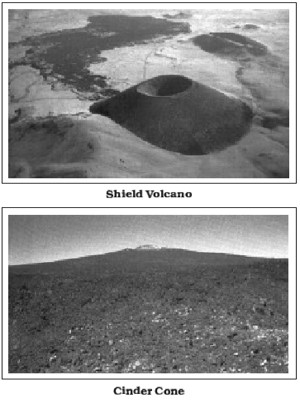
Composite Volcanoes
These volcanoes are characterized by eruptions of cooler and further viscous lavas than basalt. These volcanoes frequently consequence in explosive eruptions. Along with lava, huge quantities of pyroclastic substance and ashes find their way to the ground. This material accumulates in the vicinity of the vent openings leading to the formation of layers, and this makes the mounts appear as composite volcanoes.
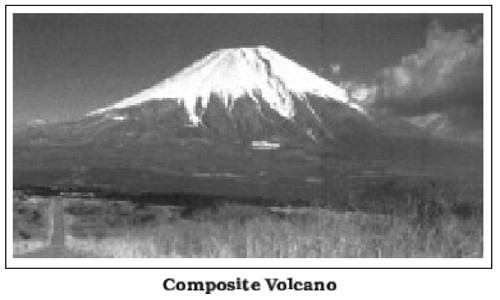
Caldera
These are the majority volatile of the earth’s volcanoes. They are typically so explosive that when they erupt they tend to fall down on themselves rather than building any tall formation. The collapsed depressions are called calderas. Their explosiveness indicates that the magma chamber supplying the lava is not merely vast but is also in close vicinity.
Flood Basalt Provinces
These volcanoes outpour extremely fluid lava that flows for extended distances. Some parts of the world are covered by thousands of sq. km of thick basalt lava flows. Individual flows might extend for hundreds of km. The Deccan Traps from India, at present covering mainly of the Maharashtra plateau, is a much bigger flood basalt province.
